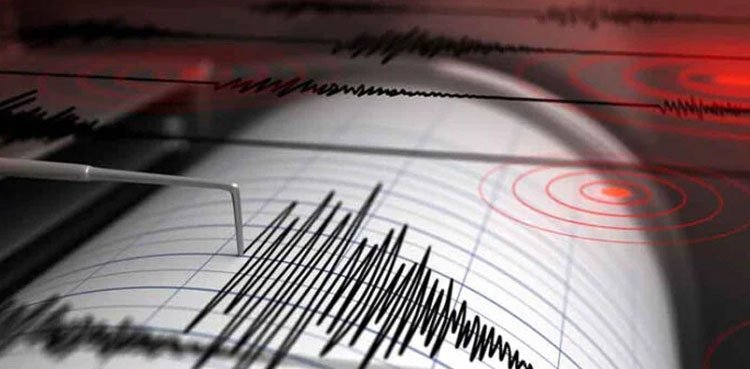A moderate earthquake measuring 3.7 on the Richter scale struck Quetta and its surrounding areas, triggering a wave of concern among local residents. The tremor, which occurred early on Monday, caused people to evacuate their homes and workplaces in fear as they felt the ground shaking beneath them.
The Pakistan Meteorological Department (PMD) confirmed that the earthquake’s epicenter was located approximately 25 kilometers northeast of Quetta, with a depth of 15 kilometers. While the quake was relatively mild, its shallow depth made it perceptible to people across a wide area, adding to the alarm.
Fortunately, no reports of casualties or significant damage to property have been received so far. However, the sudden tremor led to a brief state of panic, with many residents recalling the region’s history of devastating earthquakes. In 1935, a massive earthquake nearly destroyed Quetta, a tragic reminder of the city’s vulnerability to seismic activity.
Quetta lies along a fault line where the Indian and Eurasian tectonic plates converge, making it an earthquake-prone region. Experts emphasize that while moderate earthquakes like this one are not uncommon, they serve as a reminder of the importance of preparedness in areas susceptible to seismic events.
Local authorities have reassured residents that they are closely monitoring the situation. Emergency services remain on high alert, ready to respond should any aftershocks occur. Citizens have been urged to remain calm and to familiarize themselves with safety measures, such as identifying safe spots in their homes and keeping emergency kits on hand.
In response to the tremor, public awareness campaigns are being planned to educate people about earthquake safety protocols. Seismologists have also called for stricter implementation of building codes in the region to minimize potential damage during future quakes.
As life gradually returns to normal in Quetta, the incident serves as a wake-up call for both authorities and residents to enhance their preparedness for natural disasters, ensuring safety and resilience in the face of unpredictable events.





